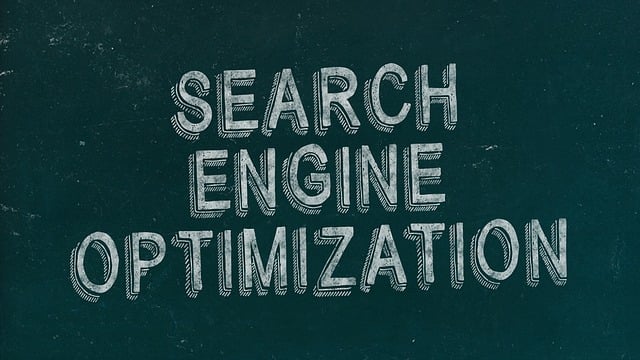The integration of Artificial Intelligence (AI) in truck repair services offers significant potential for increased efficiency and profitability through AI growth solutions. AI streamlines diagnostic processes, predicts spare part requirements, and enables proactive maintenance based on historical data and sensor readings. Despite initial challenges like data privacy and costs, the long-term gains—including improved fleet performance, reduced operational costs, and enhanced customer satisfaction—make AI an attractive option for staying competitive in a rapidly evolving market. AI growth solutions are revolutionizing parts inventory management, predictive maintenance, and overall operational efficiency, boosting profitability and positioning businesses as industry leaders.
As the demand for efficient transportation continues to surge, optimizing truck repair services through artificial intelligence (AI) has become imperative. This article explores the transformative potential of AI growth solutions in revolutionizing the trucking industry. We delve into the integration of AI, highlighting its benefits and challenges in the context of truck repair. Key areas covered include parts inventory management and predictive maintenance, showcasing how these AI-driven strategies enhance overall profitability.
- Understanding AI Integration in Truck Repair: Benefits and Challenges
- Leveraging AI for Efficient Parts Inventory Management
- Predictive Maintenance: AI's Role in Enhancing Truck Repair Profitability
Understanding AI Integration in Truck Repair: Benefits and Challenges

The integration of Artificial Intelligence (AI) in truck repair services represents a significant shift, leveraging advanced technologies to enhance efficiency and profitability. As AI growth solutions gain traction in various industries, including transportation, the potential benefits for fleet managers and repair shops are immense. These solutions can streamline diagnostic processes, enabling faster identification of issues through predictive analytics. By analyzing historical data and sensor readings, AI algorithms can anticipate potential failures, allowing proactive maintenance and reducing costly breakdowns.
However, embracing AI integration in truck repair comes with its challenges. Data privacy and security concerns are paramount, as sensitive vehicle information must be handled securely. Additionally, the initial implementation cost and training requirements for staff to operate these advanced systems can be a significant hurdle. Despite these challenges, the long-term gains in terms of improved fleet performance, reduced operational costs, and increased customer satisfaction make AI an attractive prospect for truck repair services aiming to stay competitive in a rapidly evolving market.
Leveraging AI for Efficient Parts Inventory Management

In today’s digital era, leveraging AI growth solutions is transforming truck repair services, especially in parts inventory management. Artificial Intelligence (AI) can optimize this process by analyzing historical data to predict spare part requirements accurately. This proactive approach ensures that workshops stock only what’s needed, reducing overhead costs and enhancing overall profitability.
AI algorithms can identify trends and patterns in component usage, allowing for just-in-time delivery models. This efficiency isn’t just about cost savings; it translates to faster service times for customers. By streamlining parts inventory management, AI growth solutions contribute significantly to the bottom line, making truck repair services more competitive and responsive to market demands.
Predictive Maintenance: AI's Role in Enhancing Truck Repair Profitability

Predictive Maintenance is a game-changer in the truck repair industry, thanks to the power of Artificial Intelligence (AI). By leveraging AI growth solutions, repair shops can significantly enhance their profitability. AI algorithms can analyze vast amounts of data from vehicles’ sensors and historical maintenance records to predict when equipment or components are likely to fail. This proactive approach allows mechanics to perform repairs before breakdowns occur, reducing costly emergency services.
Moreover, AI can optimize scheduling and resource allocation, ensuring that workshops operate efficiently. By predicting repair needs, businesses can stock the right parts in advance, minimize downtime, and maximize customer satisfaction. Ultimately, these AI insights can lead to improved overall equipment effectiveness (OEE) and competitive advantages in the market for truck repair services.
The integration of AI into truck repair services presents a promising path towards enhanced efficiency, reduced costs, and improved profitability. By leveraging AI for parts inventory management and implementing predictive maintenance strategies, repair shops can streamline operations, minimize downtime, and better cater to the needs of modern fleet operators. As AI continues its rapid growth, adopting these innovative solutions could be the key to staying competitive in the market and unlocking significant cost savings for truck repair businesses.
